Substituting a 72 watt halogen for a 75 watt incandescent?
dibgar
10 years ago
Related Stories

LIGHTINGThe Lowdown on High-Efficiency LED Lighting
Learn about LED tapes, ropes, pucks and more to create a flexible and energy-efficient lighting design that looks great
Full Story
LIGHTINGWhat to Know About Switching to LED Lightbulbs
If you’ve been thinking about changing over to LEDs but aren't sure how to do it and which to buy, this story is for you
Full Story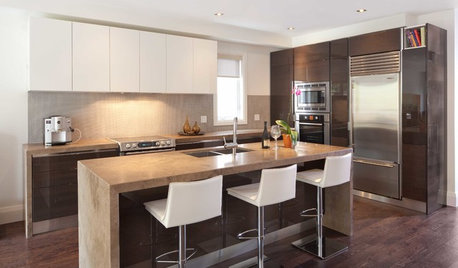
LIGHTINGGet Your Home's Recessed Lighting Right
Learn the formula for how much light a room needs plus how to space downlights, use dimmers and more
Full Story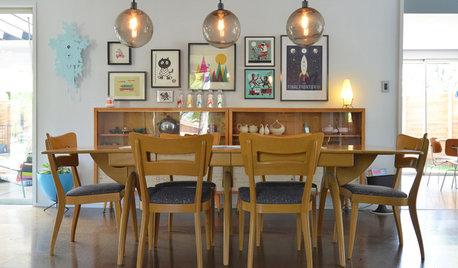
LIGHTINGPersonal Spaces: Homeowners Work Their Pendant Lights
See how all kinds of rooms are getting a lift from hanging lights, both budget-friendly and glam
Full Story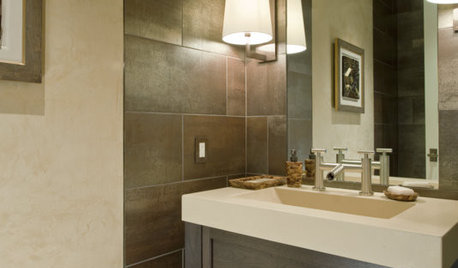
BATHROOM DESIGNHow to Light Your Bathroom Right
Get ready for your close-up in a bath that's a sanctuary with task, accent, decorative and ambient lighting
Full Story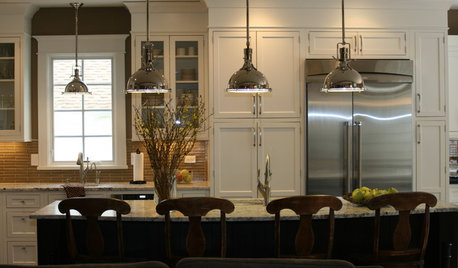
KITCHEN DESIGNKitchen Islands: Pendant Lights Done Right
How many, how big, and how high? Tips for choosing kitchen pendant lights
Full Story
LIGHTINGDecorating 101: How to Plan Your Home’s Lighting
These designer tricks and tips will help you find the perfect mix of lighting for every room and every mood
Full Story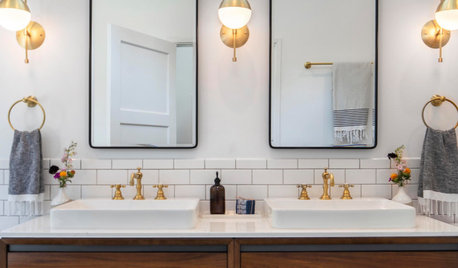
BATHROOM WORKBOOKHow to Get Your Bathroom Vanity Lighting Right
Create a successful lighting plan with tips on where to mount fixtures and other design considerations
Full Story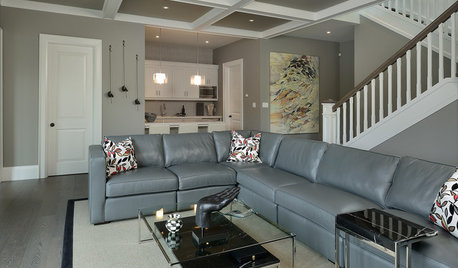
COLORWant Gorgeous Interior Colors? Look to the Light
See how to manipulate natural and artificial light — and learn about those baffling new bulbs — to get the exact room colors you want
Full Story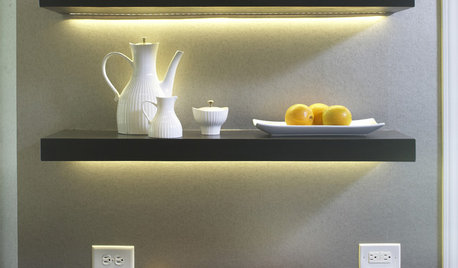
KITCHEN DESIGN12 Ways to Light Your Kitchen With LEDs
See how to use new energy-saving lights to illuminate your kitchen, light a countertop and add style, too
Full Story





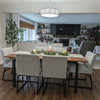

bus_driver
dibgarOriginal Author
Related Professionals
Iowa City Lighting · Miami Lighting · Athens Furniture & Accessories · Portland Furniture & Accessories · Chino Hills Furniture & Accessories · Indian Creek Furniture & Accessories · Adrian Decks, Patios & Outdoor Enclosures · Bethany Decks, Patios & Outdoor Enclosures · Crystal Lake Decks, Patios & Outdoor Enclosures · Dearborn Decks, Patios & Outdoor Enclosures · Greeley Decks, Patios & Outdoor Enclosures · Lenexa Decks, Patios & Outdoor Enclosures · Montgomery County Decks, Patios & Outdoor Enclosures · Westford Decks, Patios & Outdoor Enclosures · Westminster Decks, Patios & Outdoor Enclosuresbrickeyee
ionized_gw
dibgarOriginal Author
ionized_gw
dibgarOriginal Author
bus_driver
ionized_gw
dibgarOriginal Author
attofarad
ionized_gw
wws944
drewguy